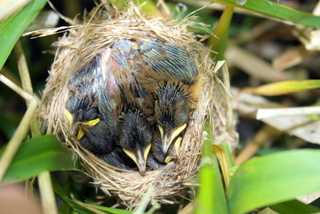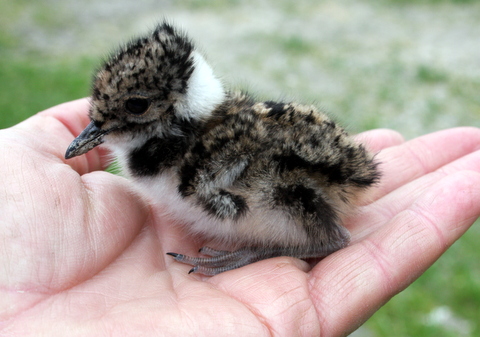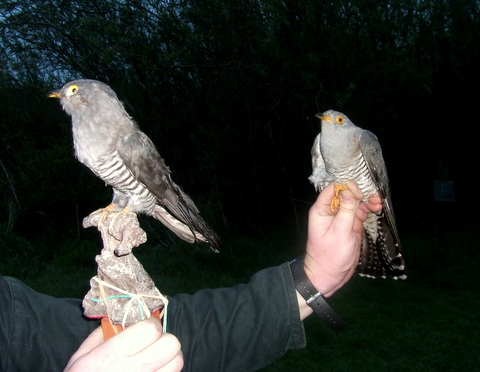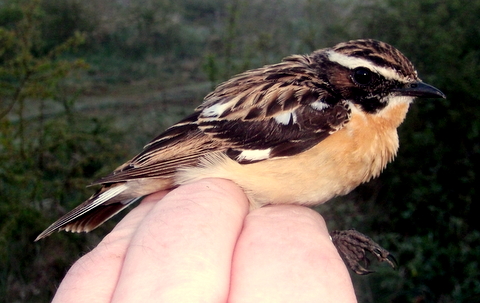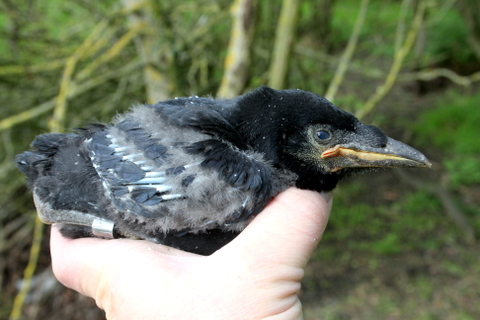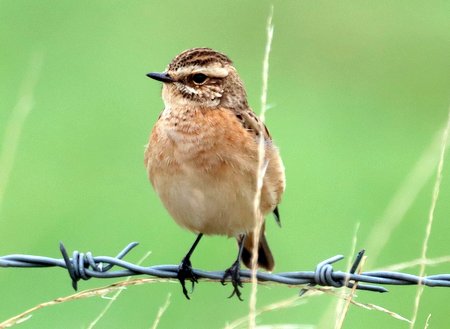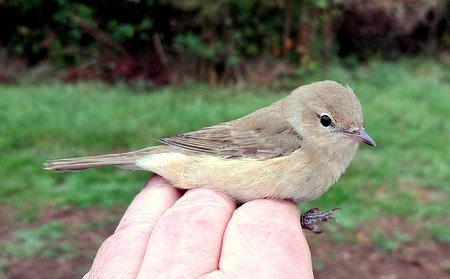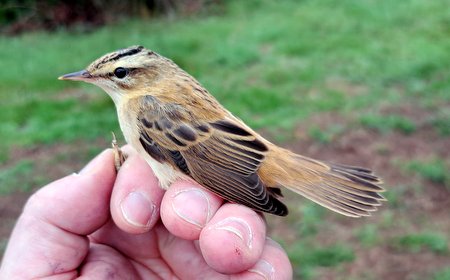Passerine ringing at Sungei Buloh, Singapore.
During my trip to Singapore and Malaysia, I had the privilege yesterday of meeting David Li Zuo Wei and his colleagues at the Sungei Buloh reserve. David is a Senior Conservation Officer with the Singapore National Parks Service and a renowned expert on Asian migrating waterbirds after working for Wetlands International.
At this time of year the extensive mangrove-lined creeks and mudflats at Sungei Buloh are relatively quiet with only resident species, such as Pied Fantail, Copper-throated Sunbird, White-bellied Sea-Eagle, Dollarbird and Black-naped Orioles, staying to breed. In the winter and during migration, however, this site is extremely important for thousands of waders and it is great to see this area being protected given the rapid development of the Singapore Island and the Johor area of Malaysia across the strait.
Despite the lack of migrating species David runs a modest passerine ringing session once a week and I was invited to join them for a short session which was curtailed by a massive thunderstorm that resulted in us quickly closing the nets for the day. It was certainly hard work doing the net rounds in the oppressive 32° heat and near-100% humidity while trying not to step on any Spitting Cobras hiding in the leaf litter.
As we only had a few nets and breeding birds were largely staying-put in the heat we didn't catch many birds although I did manage to ring species such as Laced Woodpecker, Collared Kingfisher, Zebra Dove and Yellow-vented Bulbul. As always it's interesting to discuss ageing of new species and having a whole family of Laced Woodpeckers (a male, a female and two first-year birds) in the hand meant we could compare the different age-deciding criteria. Together we came up with a foolproof method looking at eye-colour, ear-covert streaking, greater-covert colouration and the arrangement of white spots on the primary feathers to distinguish the first-year birds from the adults.
Like on the ringing expedition to Kartong in Gambia earlier this year problems arise when using BTO ageing codes for equatorial/tropical species which begin breeding in November and December and, therefore, cannot have age 3 or 5 codes although these birds clearly exhibit juvenile/first-year traits. David and I had a long discussion about this and is thinking of using the Australian system which is independent of the calendar year and might work better for these resident-breeding species.
Thanks to David and his team and I hope I can join them again during the migration period to see the reserve filled with winter visitors. OF




